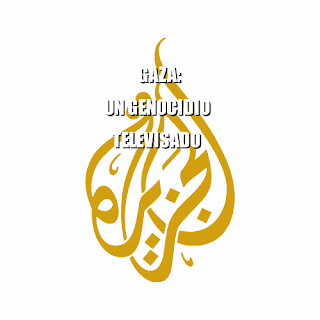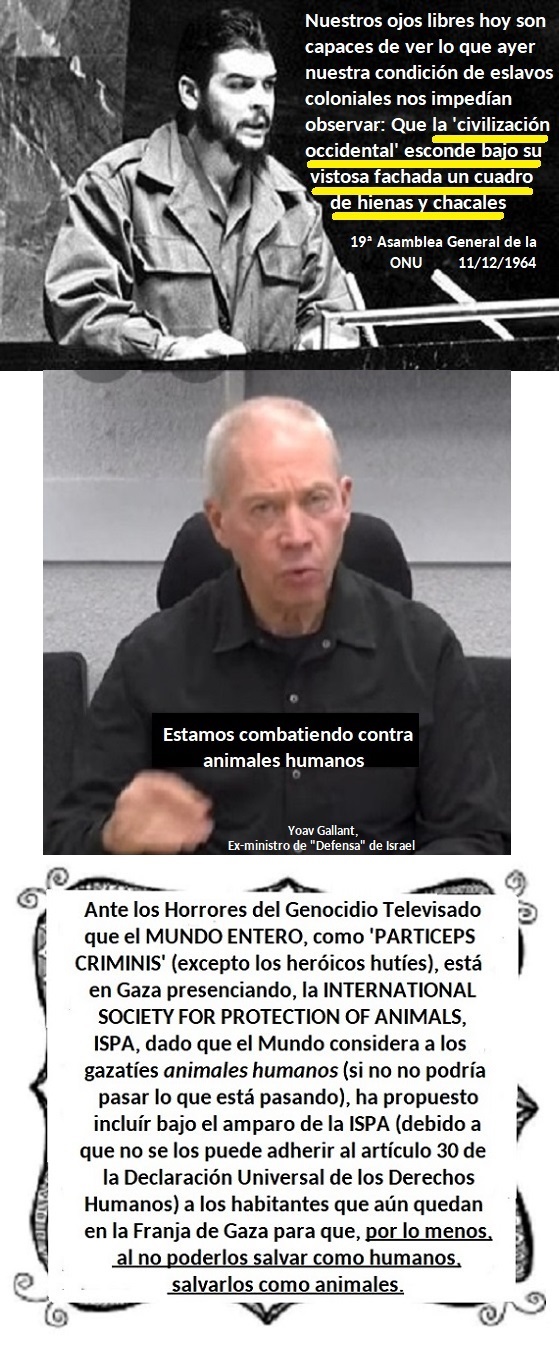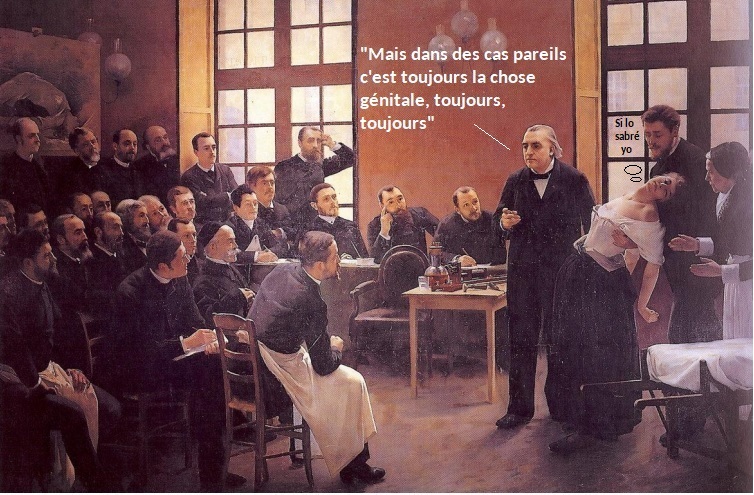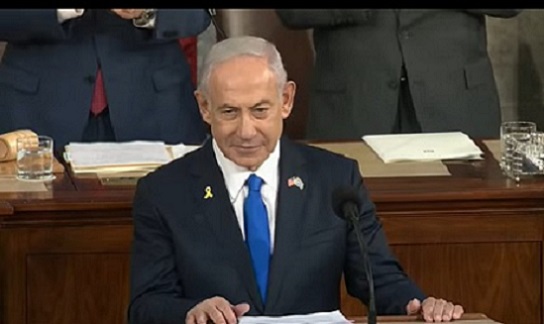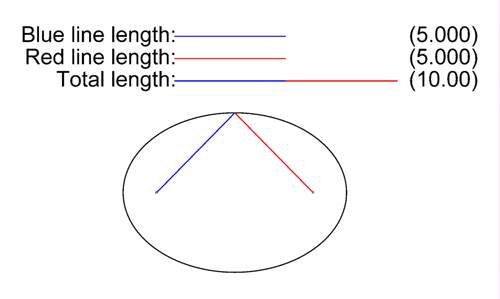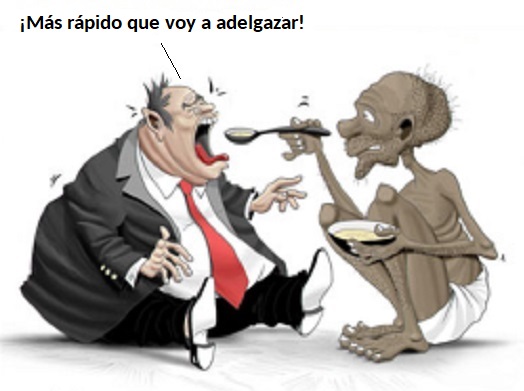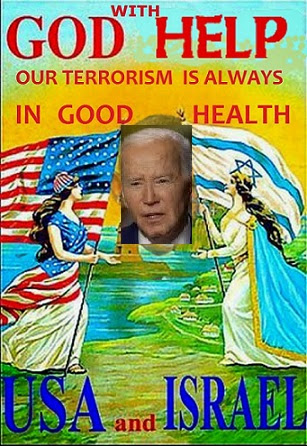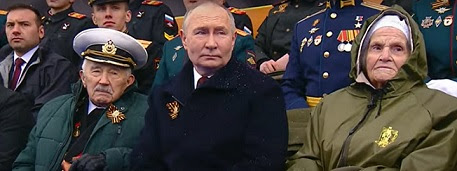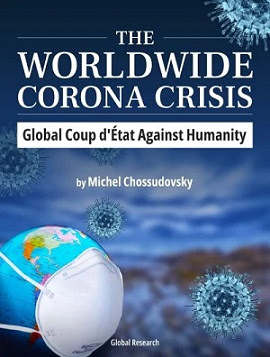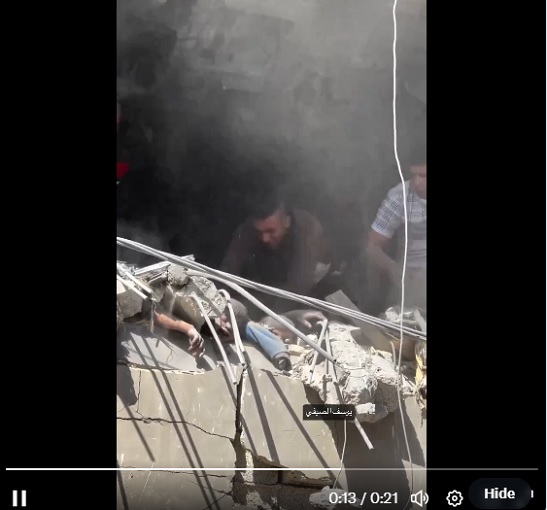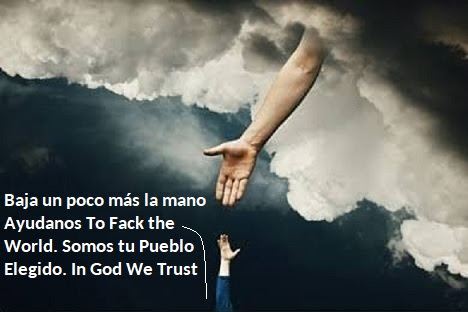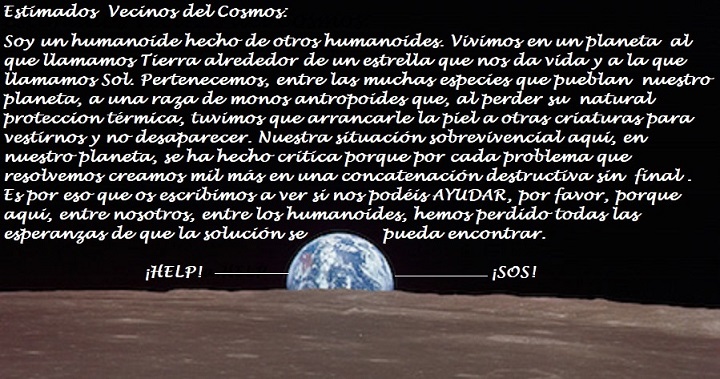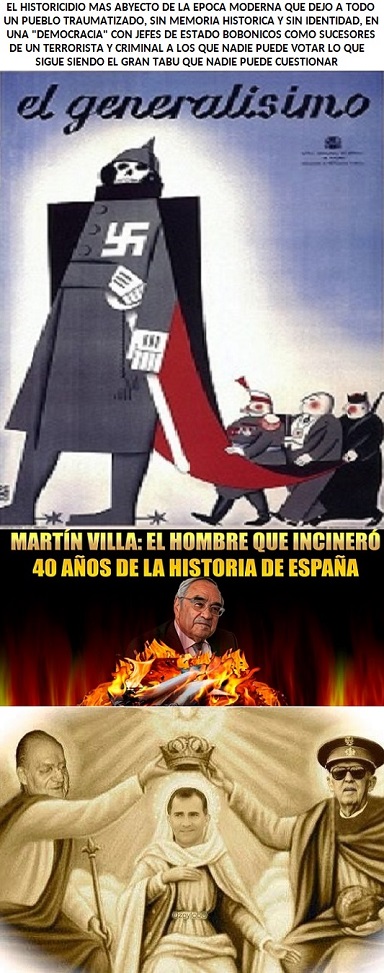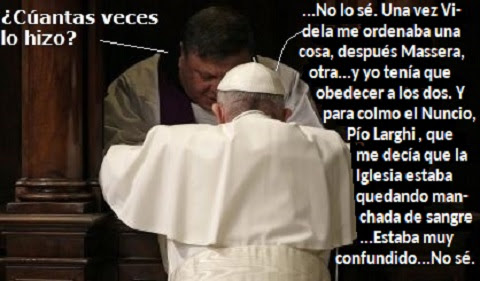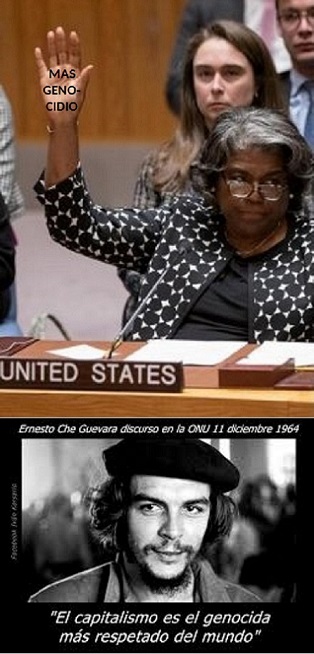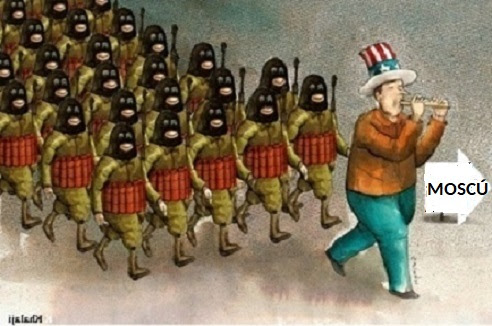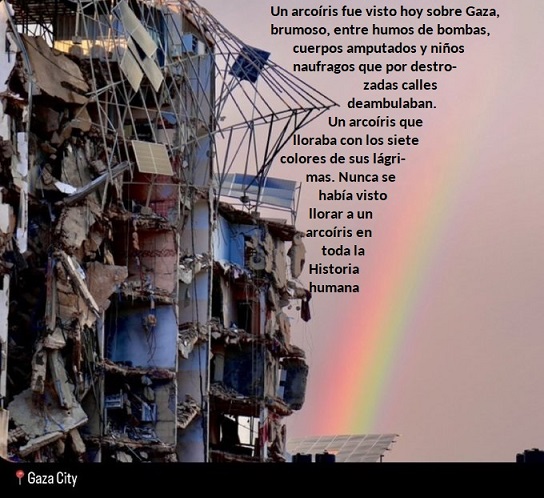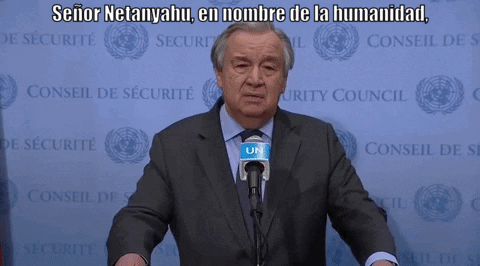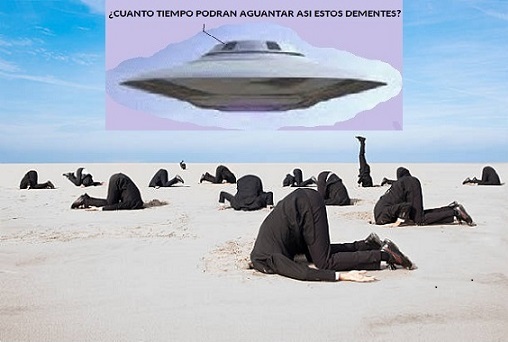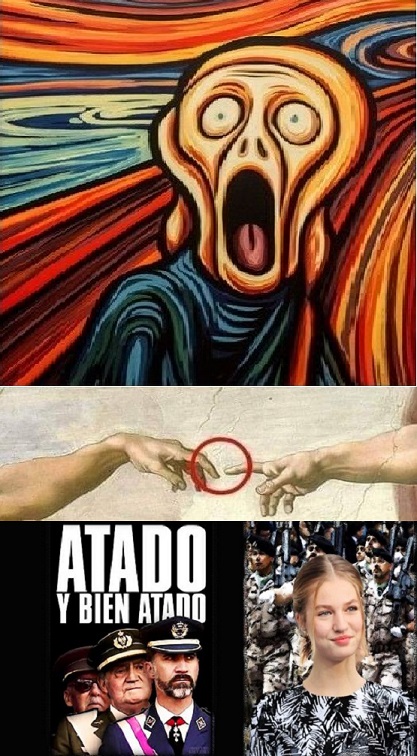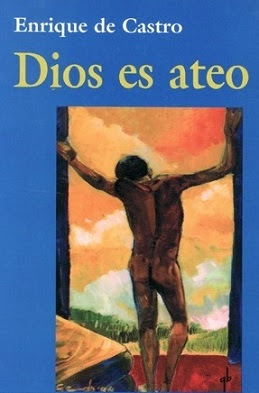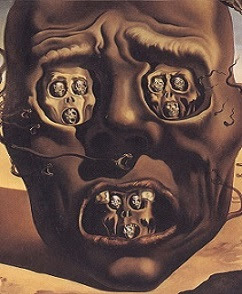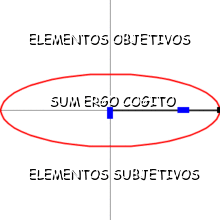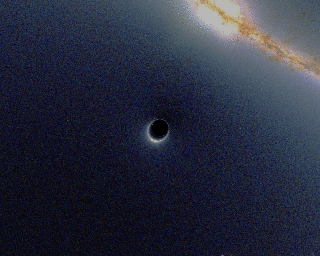A. CONGO
1. INTRODUCTION
The Committee has received solid evidence of a plot to assassinate Patrice Lumumba.
Strong hostility to Lumumba, voiced at the very highest levels of government, may have been intended to initiate anassassination operation; at the least it engendered such an operation.
The evidence indicates that it is likely that President Eisenhower's expression of strong concern about Lumumba at a meeting of the National Security Council on August 18, 1960, was taken by Allen Dulles as authority to assassinate Lumumba (1).
There is, however, testimony by Eisenhower Administration officials, and ambiguity and lack of clarity in the records of high-level policy meetings, which tends tocontradict the evidence that the President intended an assassination effort against Lumumba.
The week after the August 18 NSC meeting, a presidential advisor reminded the Special Group of the " necessity for very straightforward action" aginst Lumumba and prompted a decision not torule out consideration of " any particular kind of activity which might contribute to getting rid of Lumumba."
The following day, Dulles cabled a CIA Station Officer in Leopoldville, Republic of the Congo, that "in high quarters" the "removal" of Lumumba was "an urgentand prime objective."
Shortly thereafter the CIA's clandestine service formulated a plot to assassinate Lumumba. The plot proceeded to the point that lethal substances and instruments specifically intended for use in an assassination were delivered by the CIA to the Congo Station.
In the summer of 1960, there was great concern at the highest levels in the United States government about the role of PatriceLumumba in the Congo. Lumumba, who served briefly as Premier of the newly independent nation, was viewed with alarm by United States policymakers because of what they perceived as his magnetic public appeal and his leanings toward the Soviet Union.
Under the leadership of Lumumba and the new President, Joseph Kasavubu, the Congo declared its independence from Belgium on June 30, I960. In the turbulent month that followed, Lumumbathreatened to invite Soviettroops to hasten the withdrawl of Belgian armed forces. The United Nations Security Council requested Belgium's withdrawal and dispatched a neutral force to the Congo to preserve order. To late July, Lumumba visited Washington amd received pledges of economic aid from Secretary of State Christian Herts...
In mid-September, after losing a strugle for the leadership of the government to Kasavubu and Joseph Mobutu, as a Chief of Staff of the Coagolest armed fowes, Lumumba straight protection from the United Nations forces in Leopoldville. Early in December, Mobutu's troops captured Lumumba while he was traveling toward his stronghold at Stanleyville and imprisoned him.
Onh January 17, 1961, the central government of the Congo transferred Lumumba to the custody of authorities in Katanga province, which was then asserting its own independence from Congo. Several weekls later, Katanga authorities announced Lumumba death.
Accounts of the circunstances and timing of Lumumba's death vary. The United Nations investigation concluded that Lumumba was killed on January 17, 1961.
Para el 15 de Octubre ya se sabía muy bien el plan a realizar, solo había que establecer la forma concreta de asesinarlo.
" POSSIBILITY USE COMMANDO TYPE GROUP FOR
ABDUCTION LUMUMBA, EITHER VIA ASSAULT ON HOUSE
UP CLIFF FROM RIVER OR, MORE PROBABLY,
IF (LUMUMBA) ATTEMPTS AN0THER BKEAK OUT INTO TOWNSOW "
* * REQUEST YOUR VIEWS.
(CIA Cable, Tweedy to Station Officer, 10/15/60)
(1) Indeed, one NSC staff member present at the August 18 meeting, believed that hewitnessed a presidential order to assassinate Lumumba.
:::::::::::::::::::::::::::














































































































